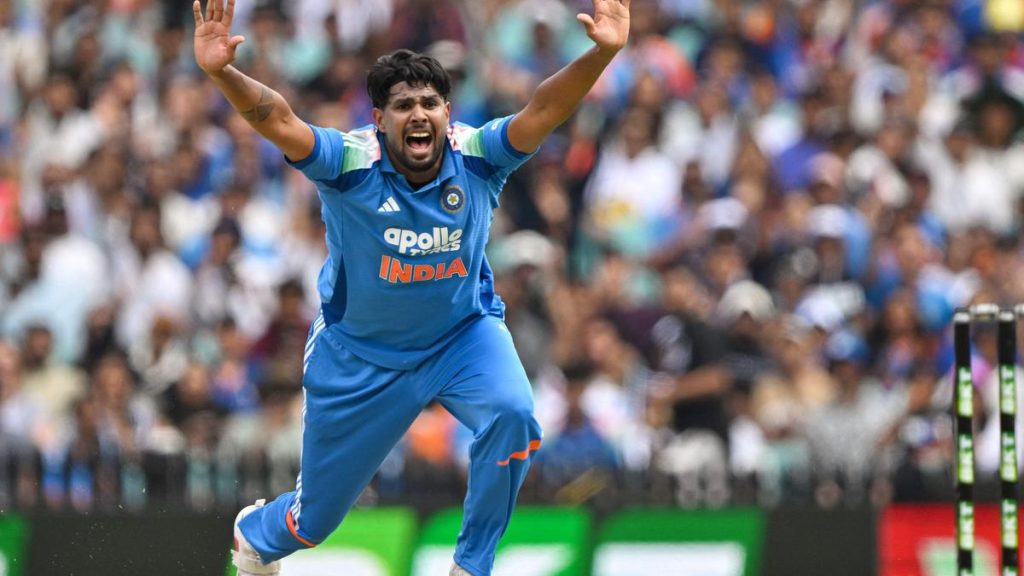Every bowler treasures their first international wicket, and it becomes even more significant when it belongs to someone as notable as Travis Head. This moment is magnified when it results from a stunning delivery.
In his second Test as the stand-in captain in Perth last November, Jasprit Bumrah delivered a series of unplayable balls on the opening day at Optus Stadium. After opting to bat, he watched in dismay as Mitchell Starc, Josh Hazlewood, and his counterpart Pat Cummins exploited favorable conditions, bowling India out for just 150 runs, missing key player Rohit Sharma.
Fortunately for India, being bowled out in 49.4 overs on the first day of a five-match series meant they had time left to take advantage of the best bowling conditions. Bumrah got to work, dismissing debutant Nathan McSweeney and cleaning up Usman Khawaja and Steve Smith, the latter through an lbw decision, which had Australia in disarray at 19 for three.
Travis Head joined Marnus Labuschagne at the crease; the left-handed South Australian had been a persistent obstacle for India in recent matches, including both the World Test Championship final and the previous year’s 50-over World Cup. Head exemplifies the notion that taking the offensive is often the best defense, showing little hesitation in driving the ball through point or lifting it over the leg-side regardless of the game situation.
With Head at bat, the scene shifted to Harshit Rana, a promising 22-year-old making his debut. While he had limited first-class experience, he was selected based on potential and prior success with Kolkata Knight Riders in the Indian Premier League, though facing Australia on home soil posed a significant challenge.
At 19 for three after seven overs, many teams would settle in for survival, but Australia’s approach—and Head’s mentality—was different. When Harshit entered the attack after a brief spell from Mohammed Siraj, Head saw an opportunity to attack the newcomer. He quickly capitalized on two short balls, scoring swiftly and taking the pressure off his team.
The moment Harshit had envisioned materialized when his seventh delivery sent Head back to the pavilion, as the ball moved erratically to hit the top of off-stump. This milestone not only celebrated Harshit’s debut but also marked his capability to perform under pressure. Ultimately, he finished with impressive figures of three for 48, despite facing challenges in subsequent matches. His selection may waver, but progress in limited-overs formats displays his potential ahead of the upcoming T20 and ODI competitions.



